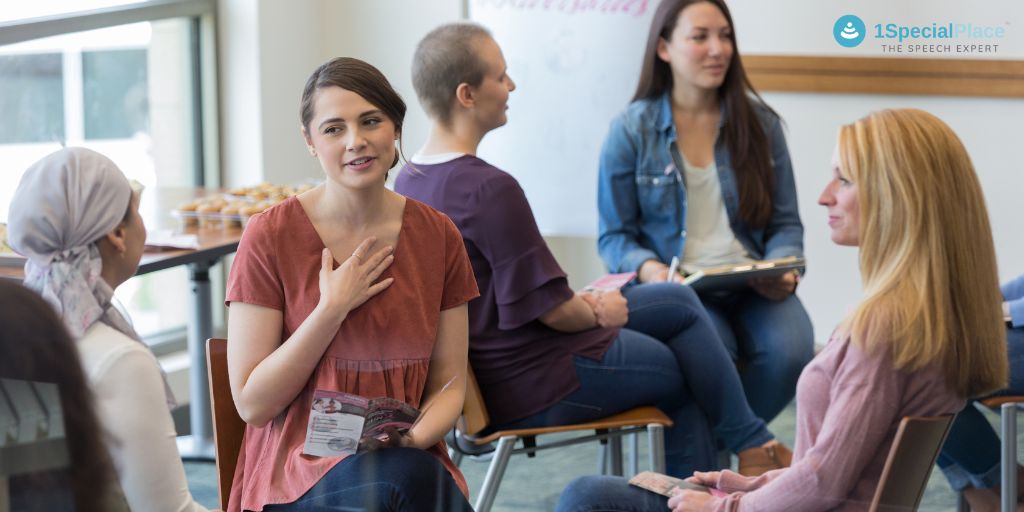
AAC for Adults with Communication Difficulties
Augmentative and Alternative Communication for Adults
Communication is what binds us in every sphere of our lives. The use of language and technology distinguishes human beings from animals. However, there are adverse events that steal our ability to express feelings and desires. By the same token, the need for technology, be it low tech or high tech, comes into play here. Over the years, technology has revolutionized the scope of speech, language and communication. This may sound crazy, but technology can completely re-establish broken communication pathways.
By way of example, the movie “The Theory of Everything” is a look into the relationship between the famous Physicist Stephan Hawkings and his wife Jane Hawkings. With a diagnosis of Amyotrophic Lateral Sclerosis, Stephan Hawkings slowly starts to lose his motor functions, eventually, he finds it difficult to speak or walk. Likewise, This movie portrays how his disease did not stop him from communicating with his wife. Moreover, just as speech, technology can also act as a medium through which an exchange of information is possible.
Furthermore, during this period one may have difficulty speaking, identifying people, retaining information and communicating basic needs. In this case, the SLP provides easier communication alternatives to the patient’s caretakers and alternative modes of communication such as gestures, pictures, technology etc. This type of communication is used temporarily until the patient is cognitively and physically stronger.
Augmentative and Alternative Communication (AAC)
Augmentative and Alternative Communication is a medium of interaction which uses low-tech and high-tech devices. Conventional mediums of communication include speech, writing and gestures. Furthermore, when individuals cannot use these mediums of communication, they use AAC for Adults to meet their communication needs. Communication difficulties can be caused by conditions ranging from depression to cancer. The role of a speech-language pathologist is to help individuals effectively communicate their needs or desires to their partners or loved ones. SLPs try to establish healthy communication patterns. It can be long-term or short-term, based on an individual’s requirements. For example, if a person suffers from a neurological condition such as a stroke, the brain takes some time to organise all its lost connections.
Selecting the appropriate AAC
Together, the AAC user and an SLT will identify the most effective system. The SLT will consider how the individual will utilize the AAC, including the activities they engage in and the people they communicate with.
Finding the appropriate AAC requires careful consideration of several factors. As an illustration:
- Does the AAC system have to replace speech or aid in language development and/or successful communication?
- Is there anything the AAC user needs to utilize outside?
- Does the user of AAC require a lightweight device?
- Is there anything the AAC user needs to use when on a video call?
Decisions are made with the AAC user’s needs, life, and preferences in mind. When preparing and beginning to assist an AAC user in using their AAC, an SLT will take all of these into consideration. The “optimal system” does not exist. AAC is individualized, and the optimal system is one that adapts over time to each AAC user’s demands.
Real-world application of AAC
AAC is intended for practical use. The usage of AAC extends beyond speech and language treatment sessions. The AAC user, partners, parents/caregivers, siblings, SLT, teachers, personal assistants, other therapists, and the larger community all work together to learn how to utilize AAC.
Some individuals who use AAC will continue to use it into adulthood, while others will require it later in life as a result of illness or other life-altering events. Some users of AAC will require or utilize AAC constantly. Others can utilize it on an as-needed basis, part-time basis. Some users of AAC could discover that when speaking becomes more difficult, they need to use AAC for Adults less, and vice versa.
When assisting in the selection of the most appropriate AAC system for each client, the SLT will carefully consider the needs of the person and those who support them in order to determine what will be most effective. This could entail utilizing multiple AAC models. Many persons who use AAC make use of various AAC materials in order to have the tools necessary to communicate with different people and in diverse settings.
Finding an approach to using the AAC system that is appropriate for each individual’s physical capabilities is crucial. There are several varieties of equipment and applications for them. Occupational therapists and other medical specialists collaborate with SLTs to determine the optimal approach to use an AAC system.
There are different types of AAC devices:
No tech/ Low Tech devices
- Writing
- Gestures
- Pointing to photos and written words
High tech Devices
- Communication Apps
- Speech-generating devices
In addition, Here are some of the areas that research has helped us understand.
- Age and Dexterity- Since High-tech devices are complicated to use, some aged individuals may find it difficult to operate them for their communication needs
- Movement- Paraplegic individuals require a specific type of AAC for Adults that allow them to communicate with just a movement of a finger or the blink of an eye.
- Temporary- Individuals who have just come out of surgery and cannot talk momentarily, require a type of AAC that have basic communication prompts
- Permanent – Individuals may need devices that have communication prompts that are more complex in nature. For eg, communication apps such as Jellow, Awaz
There is a common misconception that people who use AAC cannot enhance their verbal communication skills. This is not true! One of the functions of an AAC for Adults device is to support and enhance the existing communication skills while supplementing healthy communication patterns.
What does AAC contain?
People who live with expressive language difficulty have difficulty talking about normal things, like an interesting thing that they saw the other day! Moreover, here are some of the topics that are commonly available on AAC devices
- Greetings and feelings
- Daily Activities
- Likes and Dislikes
- Learning
- Time and weather
- Help/ Emergency
- Places/ People
In addition, below are some of the pictures of the existing AAC devices that can be used by individuals who have communication difficulties.
Jellow Basic AAC Communicator – Giving Voice to Speech
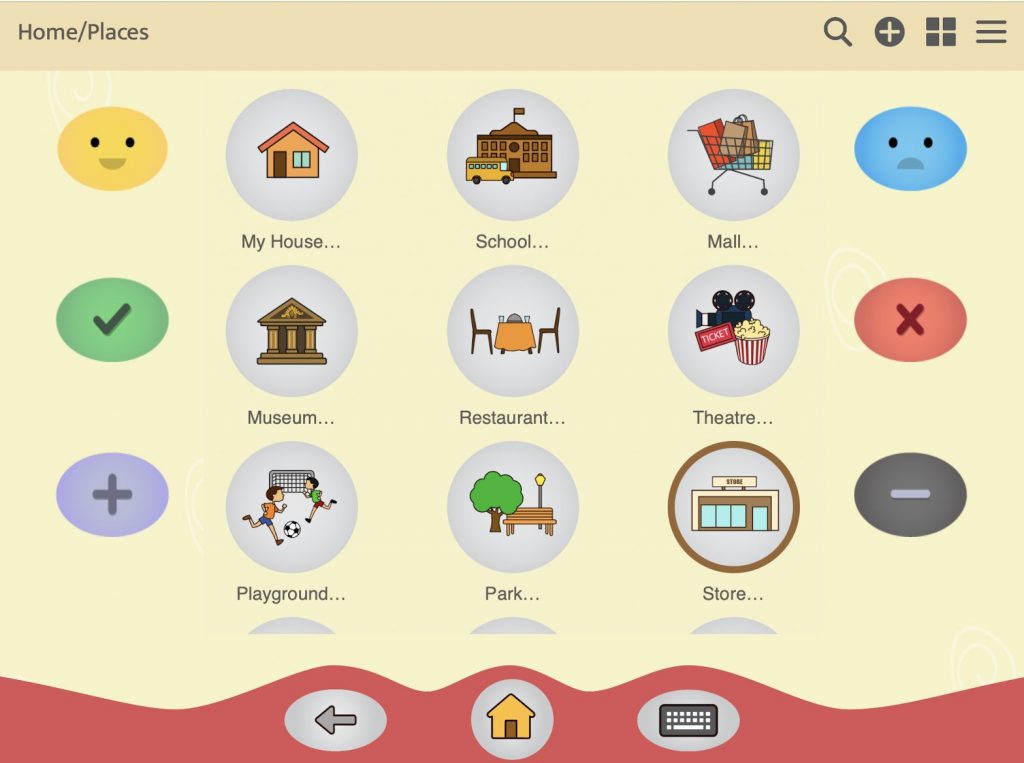
Jellow Communicator is a friendly Augmentative and Alternative Communication (AAC) solution that uses icons to aid communication in people learning to speak or with difficulty with speech and language.
AVAZ Inc. – FreeSpeech
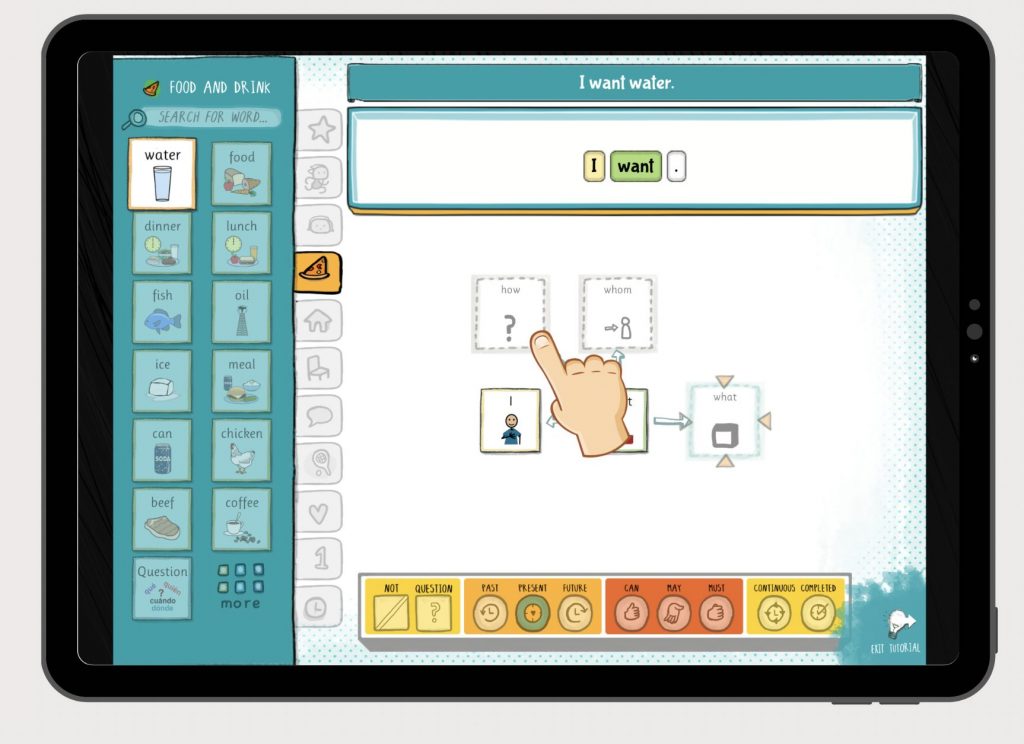
Single message communicators- Big Mack, Talking Tiles, GoTalk one
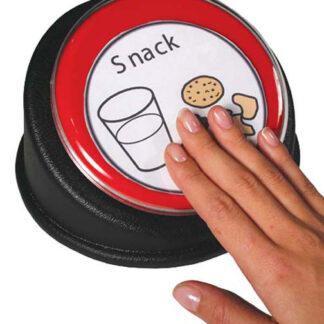
PCS® Classic
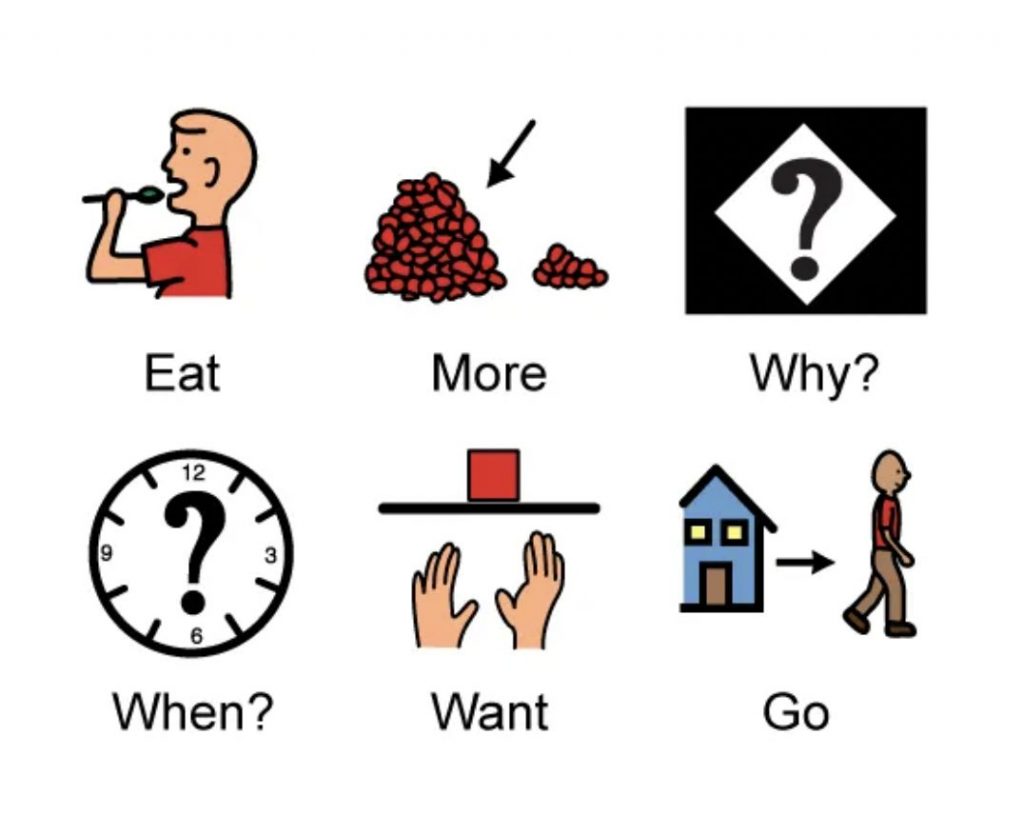
The Classic style has been maintained for over 30 years. We continue to add more to this set as many of our customers have used this version since childhood and are now adults with additional symbol needs! Classic style PCS symbols offer flexibility and simplicity for our customers by providing basic colour palates, thick black lines and options for gender-neutral avatars.
What Can We Anticipate Following AAC?
Your speech therapist will work with you to tailor AAC systems to each person’s unique communication requirements. Learning how to support AAC for Adults use in the home and community will be crucial for AAC users as well as their family and caregivers.
Apart from complementing verbal communication and offering a substitute, AAC systems can also serve as a therapeutic instrument to facilitate enhanced speech and language generation in the long run.
- AAC for Adults with Communication Difficulties - October 12, 2024
- Amazon purchases for your child’s speech development - January 31, 2023
- Functional Writing Activities for Individuals with Aphasia - January 23, 2023

Leave a Comment
(0 Comments)